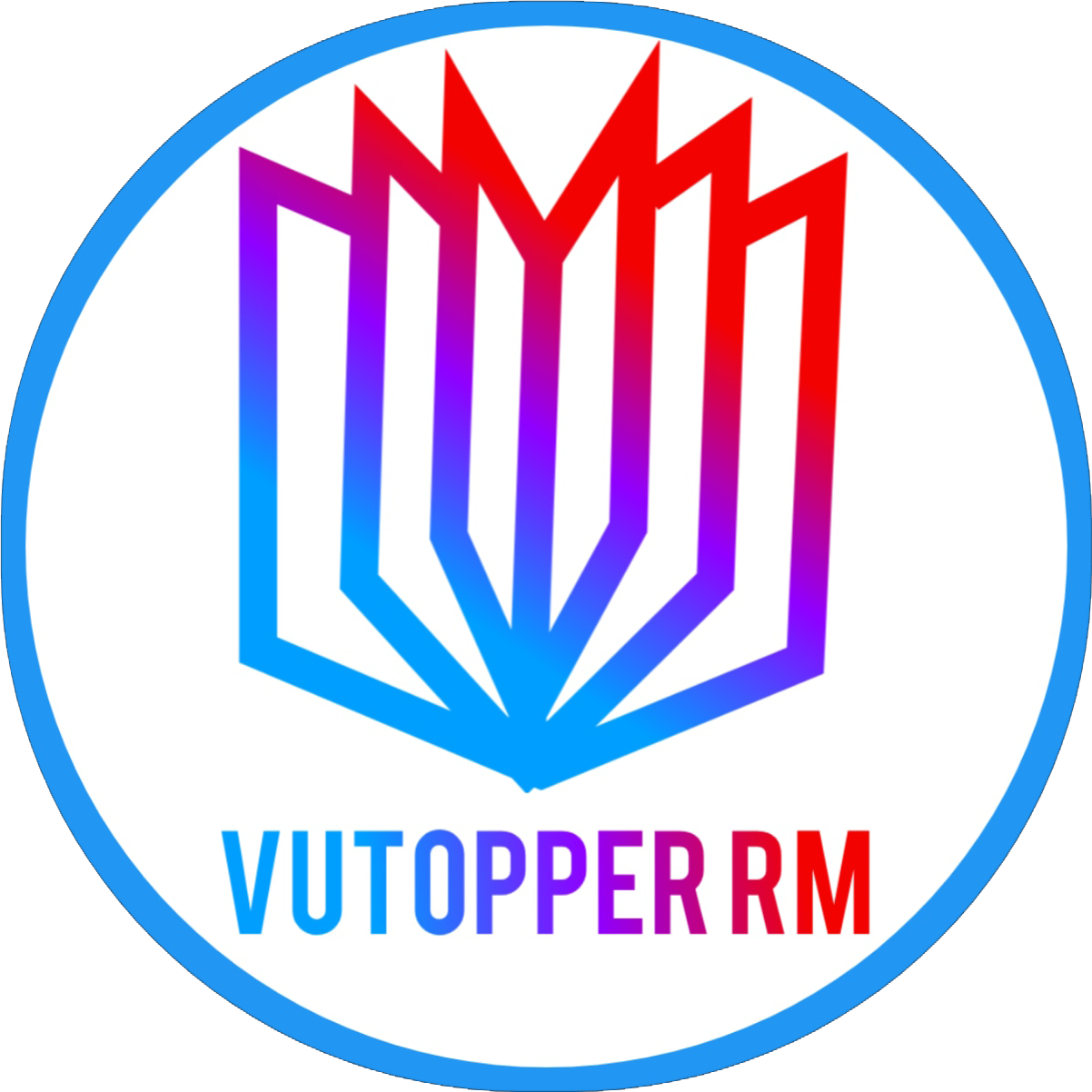
These notes offer a concise and clear overview of fundamental concepts related to computer science, particularly programming languages, and their evolution over time. The content begins with an introduction to machine languages, which are the basic instructions understood by computers in numeric form. These low-level languages were gradually replaced by more user-friendly systems like assembly languages, which use mnemonics (short abbreviations) to represent machine instructions, simplifying the programming process.
As the field of computer science progressed, higher-level programming languages were developed, which allowed programs to be written using more human-readable syntax. The notes highlight key milestones, including third-generation programming languages like FORTRAN and COBOL, which were designed to be machine-independent, making it easier for software to be used across different hardware platforms. The notes also explain how compilers and interpreters work as translators to convert these high-level languages into machine code that computers can execute.
Another critical concept covered in the notes is programming paradigms, including the imperative, functional, declarative, and object-oriented paradigms. Each paradigm presents a different approach to solving computational problems. For instance, the imperative paradigm focuses on developing a sequence of commands to manipulate data, while the declarative paradigm emphasizes describing what the program should achieve without specifying how to do it. Object-oriented programming (OOP) is a widely used paradigm today, where software systems are viewed as collections of interacting objects, each encapsulating data and behavior.
The notes further delve into control structures such as loops and conditionals, which are essential for controlling the flow of a program. For example, an if-else statement allows a program to choose between two actions based on a condition, and loops (like while loops) enable repetitive tasks to be performed until a condition is met.
Data structures and types are also discussed, including arrays and aggregate data types. Arrays are used to store collections of elements of the same type, while aggregate types (or structures) allow different types of data to be grouped together. The notes explain how arrays can be multi-dimensional and how elements in these arrays are accessed using indices.
A section is dedicated to software engineering concepts, introducing the software development life cycle, which includes stages such as requirements analysis, design, implementation, testing, and maintenance. These stages are crucial for producing reliable and maintainable software. The notes also touch on modern software development methodologies, including the waterfall model, incremental development, and agile methods like extreme programming (XP), which emphasize rapid, iterative development with frequent stakeholder feedback.
The notes conclude with topics on software quality assurance (SQA), discussing how testing (both black-box and white-box) is integrated into the development process to ensure the final product is free of errors. Additionally, the importance of software documentation—user, system, and technical documentation—is emphasized for maintaining, using, and troubleshooting software effectively.


Leave a Reply